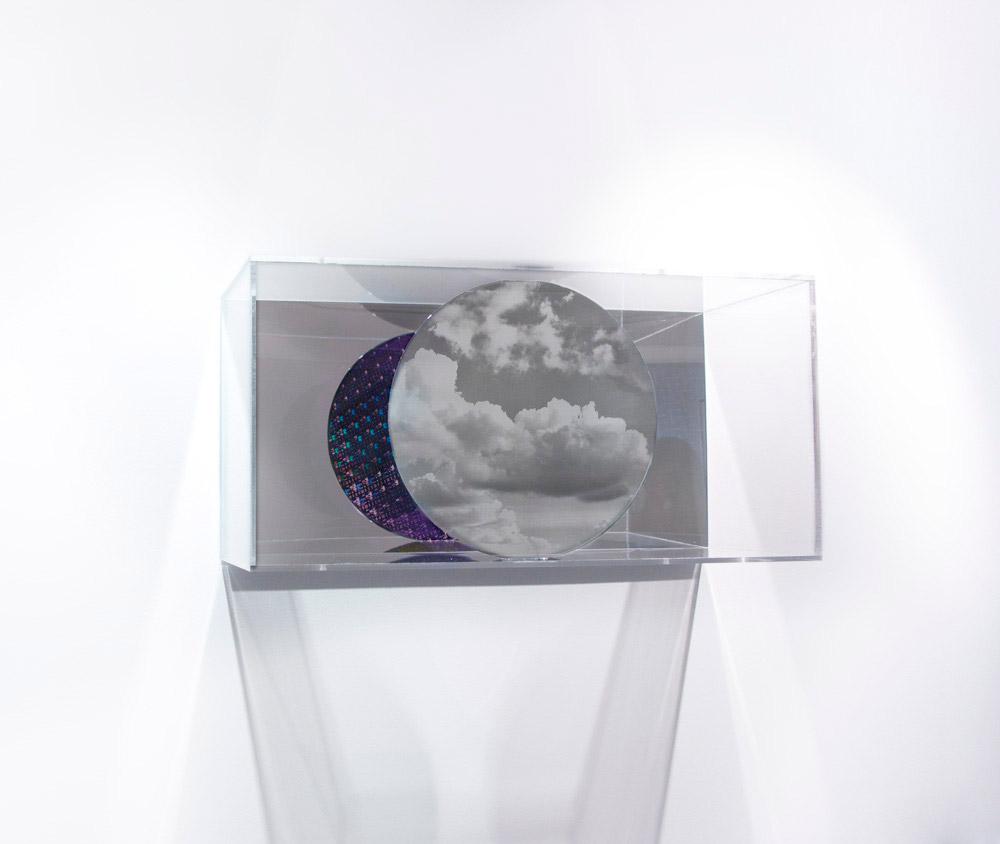Targeted killing, signature strikes, imminent threat—these are the buzzwords of modern war. Yet these same terms, which have come to define covert military strategies, specifically in the case of drone-warfare hotspots like Pakistan, Afghanistan, Yemen and Somalia, carry an ambiguous moral, ethical and legal weight. Uncertainties and contradictions abound in reporting on drone activity, and while the international news media (the Guardian and the Bureau of Investigative Journalism, among others) continues to measure secret government document leaks against official policy statements, the hard truths behind drone warfare remain mostly distant and unknown.
That’s not to say that drone technology has nothing to do with day-to-day life in more peaceful zones. Smartphone-operated drones of all descriptions are widely available and are used in everything from border surveillance to archeological research to mosquito control. Undergraduate and post-graduate degrees in unmanned aircraft system operation are being introduced at universities across the US.
Also, a key point in the debate around the use of drones is the military precedent that it sets for possible civilian drone terrorism at home. It’s a frightening potential made clear last month when a quadrocopter drone flown by a protester hovered, then crashed, within metres of the German chancellor at an otherwise routine campaign rally.
Whether it’s the impact of a CIA drone strike in rural Pakistan or the sight of a model hobbyist flying an off-the-shelf drone in your neighbourhood park, this is an issue charged with global and local implications. And evidence of such implications is exactly what you find in “Under the Last Sky,” a exhibition of photographic and sculptural works by artists Elle Flanders and Tamira Sawatzky—better known as Public Studio—which closes this weekend at O’Born Contemporary in Toronto.
The duo has an abiding interest in the paradigms and paradoxes of war as it collides with everyday life. Take, for instance, their critically acclaimed 2011 installation Road Movie, which documented the double-sided reality of the segregated road system in the West Bank. With film tracking day-to-day transit on Israeli- or Palestinian-only roads projected onto the front or back surfaces of sculptural walls staggered throughout the gallery space, the work positioned image and object in a confrontational dynamic designed to frustrate any linear perspective or easy understanding.
Public Studio’s new work picks up on this strategy, where the everyday narrative of conflict activates the object-based principles of artmaking, and vice versa. Rather than dealing with on-the-ground production (the duo had an extended stay in the Middle East to produce Road Movie), here Flanders and Sawatzky’s work is filtered through the speculative “reality” of online research. The difference between dealing in what is known and what is unknown, and the official/unofficial vagaries that lie between, gives these works a shadowy (and at times sinister) punch.
The show opens with a wall work detailing more than a thousand drone strikes that have occurred since 2002 in Yemen, Pakistan and Afghanistan as culled by the artists from the Internet. With the better part of this list (all of the strikes in Afghanistan, it turns out) redacted in black, it reads as a primer on the uncertainties that surround drone warfare.
On the opposite wall, four sequences of what appear to be night-vision surveillance images—a chromite-mining operation, dogs fighting, two suspect-looking men changing a jeep’s tire in the desert, and people sliding in snow—are printed on vinyl and adhered to the gallery wall in long, cinematic strips. At a glance, we’re meant to take these everyday scenes, possibly shot in conflict zones, as suspicious: chromite, for example, is a key component in silicon production that is mined and traded by the Taliban.
But what we see in the wall sequences is a construction, a conceptual ruse. The images have been sourced online; the mundane activities they depict aren’t associated with any nefarious activity. In recontextualizing them as surveillance-styled works, Flanders and Sawatzky have reconditioned and dramatized our perspectives, knocking the dangers of making assumptions. There’s material manipulation happening, too—the temporary nature of vinyl pressed to the wall offers a neat metaphor for how truth sticks, or doesn’t, over time.
The exhibition’s centrepiece takes this troubling play on “the more we know, the less we know” further. In it, a grid of 16 thin discs are arranged on a glass-topped table in the middle of the gallery. The top-facing sides of these circles depict black-and-white images of the sky, while a mirrored plane just below the glass reflects a constellation of jewel-like undersurfaces. The discs are silicon wafers similar to those used in the manufacture of electronic devices from smartphones to guidance and weapons systems, their glittering undersides a latticework of high-tech circuitry. The sky images, etched on the silicon, were found online by Flanders and Sawatzky and correspond to locations of documented drone strikes.
This work is knotted in a tight web of cues and contrasts. Take, for instance, the opposition of computer-generated circuitry and photo-etched skies, not just for the micro/macro perspectives, but also for the delicate (though not dissimilar) expertise required to produce these printed images. Then there’s the dazzling effect of light refracted off the silicon circuitry, which adds a celestial aura to the objects that plays nicely off the infinite skies of drone-strike sites.
The sculpture also insinuates the viewer into a negotiation of object and subject. There’s a kind of wary playfulness to the table arrangement, as if this could be a large-scale game, the discs ready to be shuffled and shifted. Or perhaps it’s a hyper-stylized version of a strategy table in some secret bunker, with targets laid out in order. In circling the table (not unlike the way drones circle targets), perceptual confusion takes hold: as we look down on drone-strike skies and the dazzle of mirrored high-tech circuitry, our own image is reflected back, too. It’s a final reminder, perhaps, that despite the ambiguities, unknowns and contradictions of drone surveillance and warfare, how much we care to know about it and what we might do in response ultimately returns to us.









